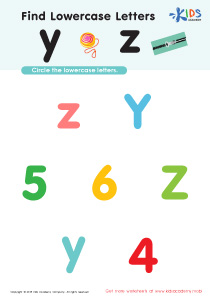Alphabet Recognition Normal Uppercase Letters Worksheets for Ages 6-9
10 filtered results
-
From - To
Empower your child's literacy journey with our "Alphabet Recognition Normal Uppercase Letters Worksheets" designed for ages 6-9. These engaging and colorful worksheets are meticulously crafted to boost your child's ability to identify uppercase letters, paving the way for strong reading and writing skills. Ideal for classroom or at-home practice, each worksheet includes fun activities like tracing, matching, and coloring, making it a delightful learning experience. Watch as your child gains confidence and proficiency in recognizing each letter of the alphabet, setting a solid foundation for future academic success. Start exploring our printable collection today!
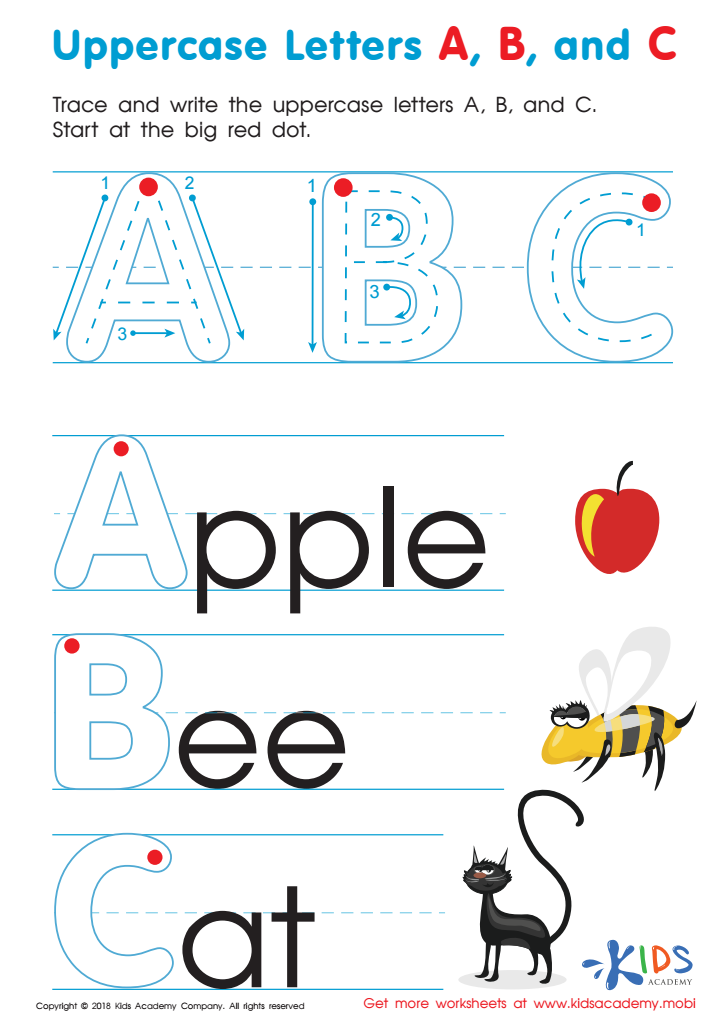

Uppercase Letters A, B, and C Worksheet
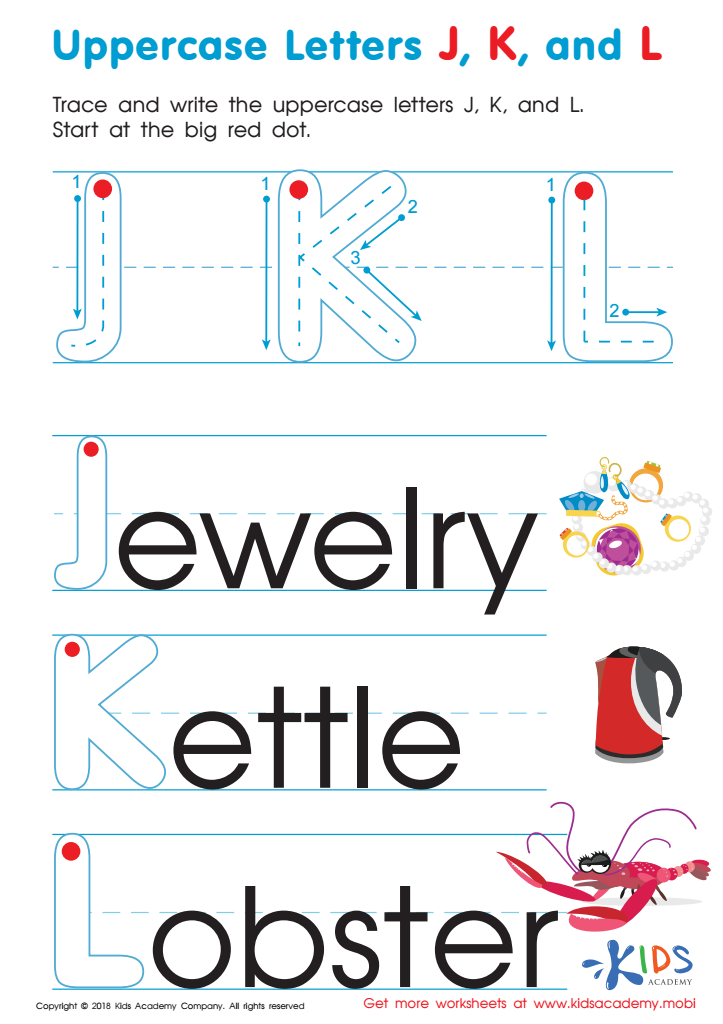

Uppercase Letters J, K, and L Worksheet
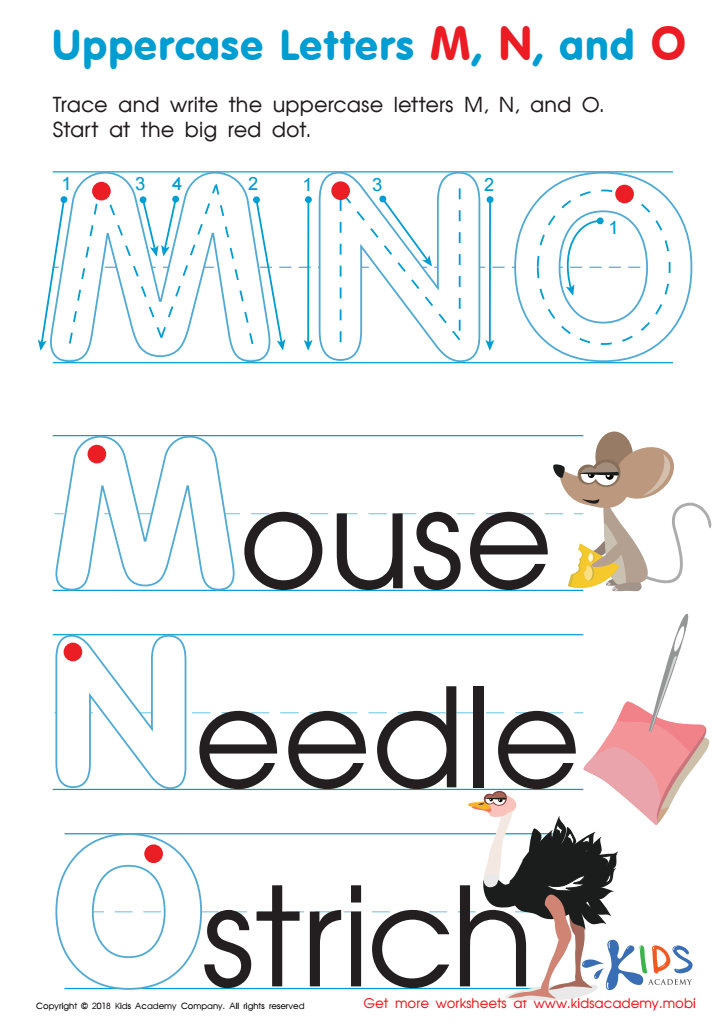

Uppercase Letters M, N, and O Worksheet
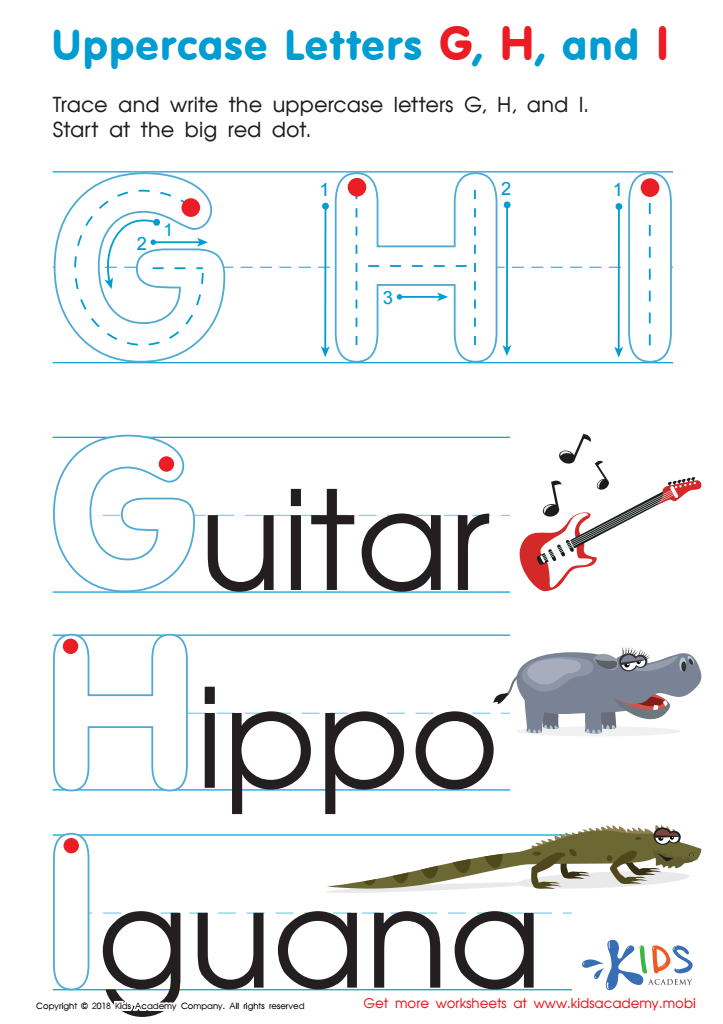

Uppercase Letters G, H, and I Worksheet


Find Uppercase Letters P, Q, and R Worksheet


Uppercase Letters P, Q, and R Worksheet
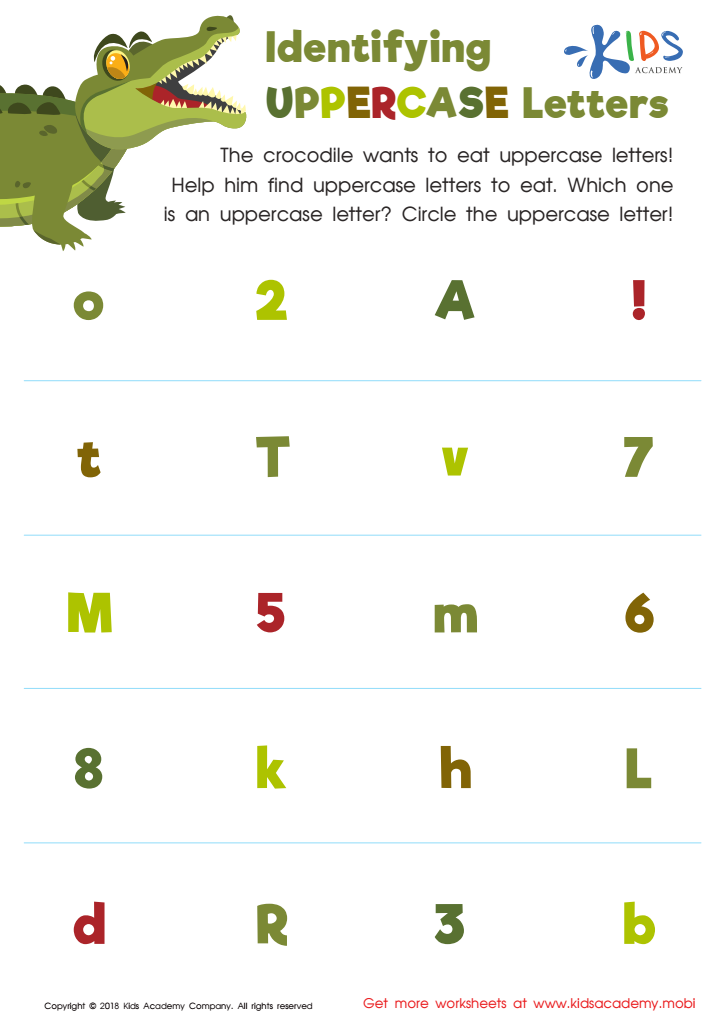

Identifying Uppercase Letters Worksheet
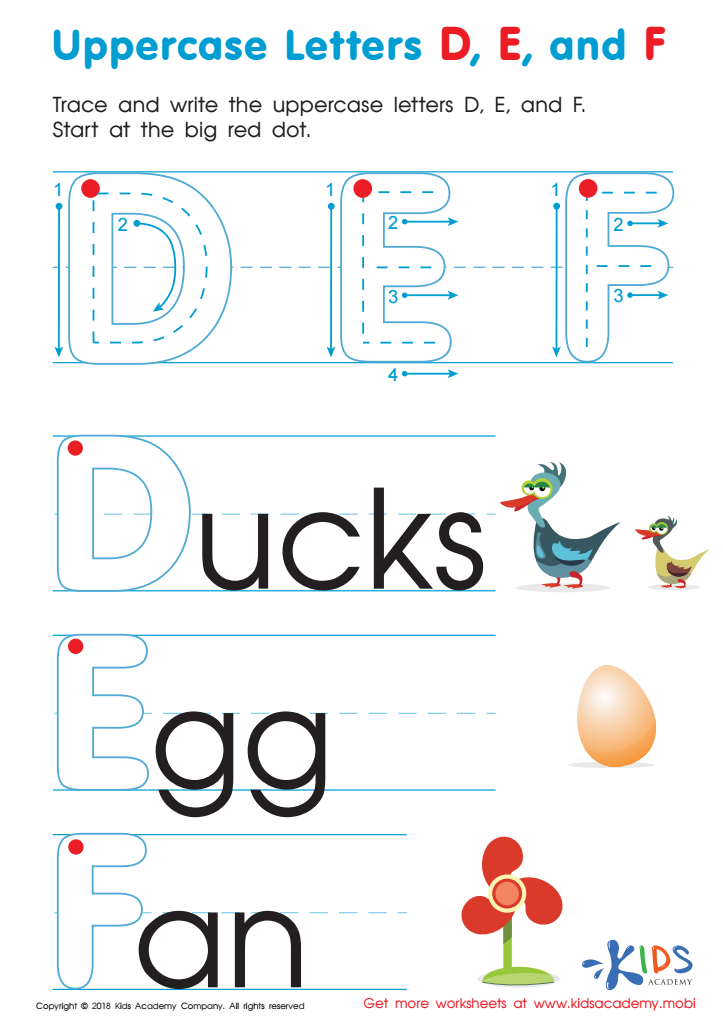

Uppercase Letters D, E, and F Worksheet
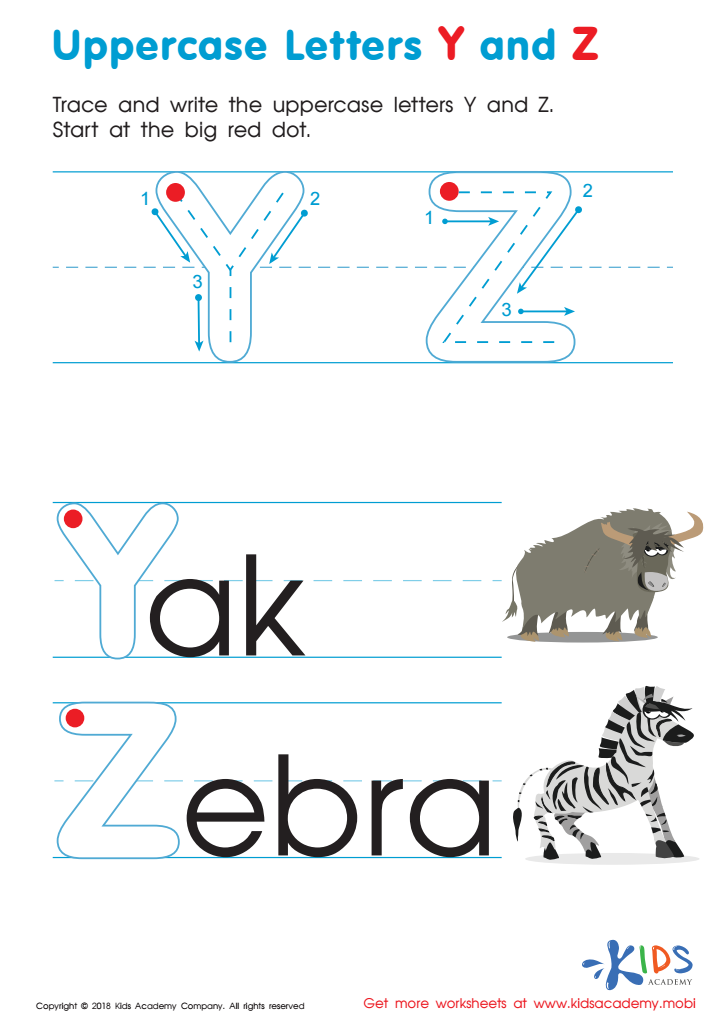

Uppercase Letters Y Z Worksheet
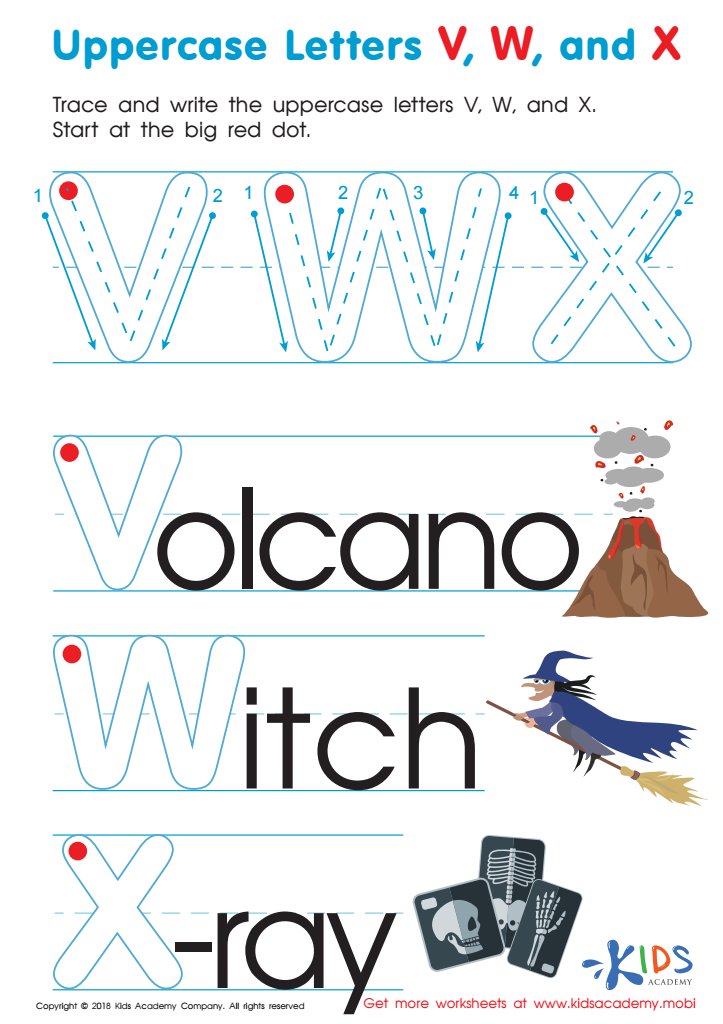

Uppercase Letters V, W, and X Worksheet
Alphabet recognition, particularly of normal uppercase letters, is foundational for children ages 6-9 and plays a crucial role in their early literacy development. At this age, students are transitioning from learning to read to reading to learn, making their understanding of the alphabet essential.
Recognizing uppercase letters establishes a critical basis for reading and writing skills. It helps children differentiate between each letter's shape and sound, contributing directly to decoding words, a fundamental aspect of early reading. Moreover, uppercase letters are often introduced first because their shapes are simpler and more distinguishable from each other compared to lowercase letters.
For parents and teachers, focusing on alphabet recognition assists children in grasping the principles of structured language. This knowledge not only aids in teaching them simple words but also smooths their way into reading sentence structures and understanding context. Early competence in recognizing uppercase letters can foster a child's self-confidence in academic settings, providing positive reinforcement that encourages a lifelong love of reading.
Moreover, alphabet games, flashcards, and interactive sessions can make this learning process enjoyable, seamlessly integrating fun with education. By prioritizing alphabet recognition, teachers and parents effectively equip children with the tools necessary for their ongoing educational journey and beyond.
 Assign to My Students
Assign to My Students









